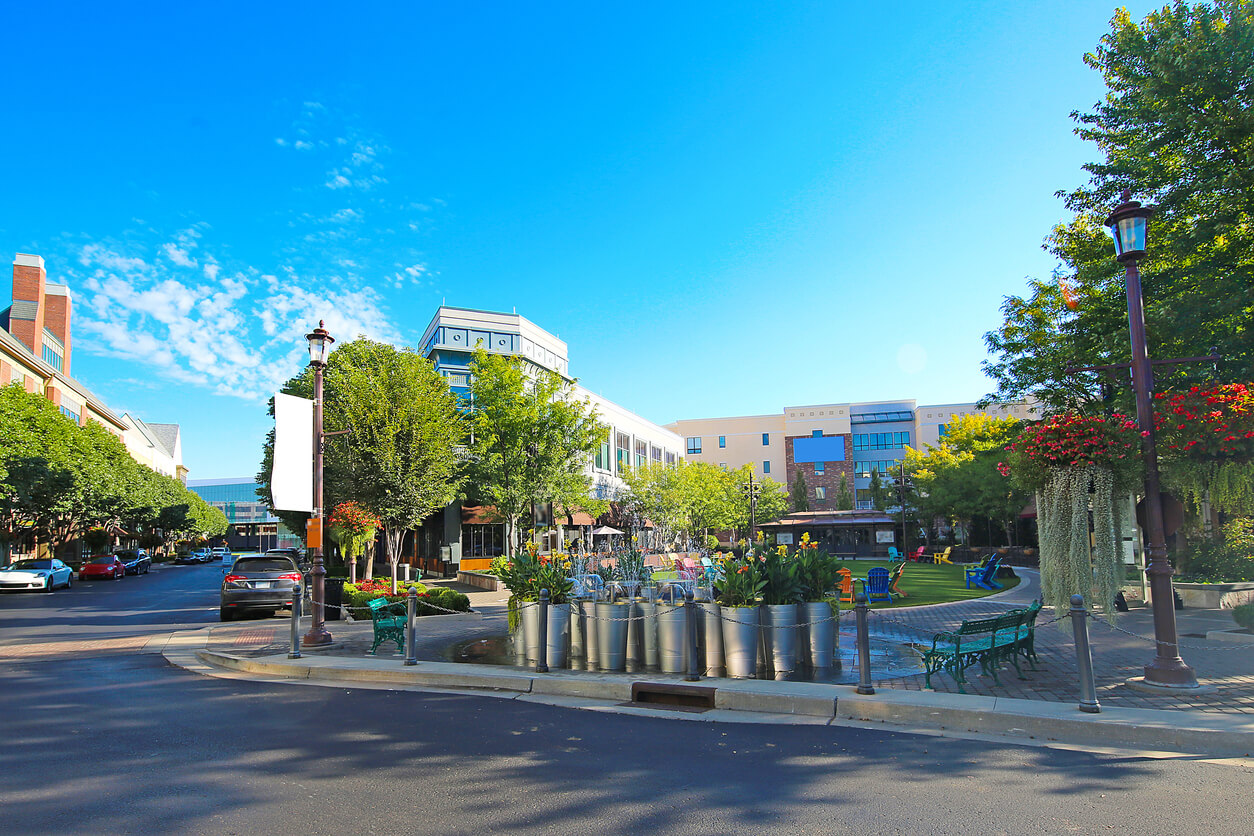Council zoning is an essential aspect of planning your property development project. There’s no point in designing your property and sending your plans to the council if they are just going to be rejected because they are inappropriate for the current zoning requirements.
How Do Councils Decide What Zoning Is Applicable?
Local councils play a key role in local zoning regulations. State governments lay the overarching town planning goals, then local councils interpret and implement them. These plans are based on local environmental plans (LEP), the legal documents that regulate land use and development for public and private property.
What Regulations Do Property Developers Need To Know About?
In Australia, there are six primary zones. They are residential, commercial, industrial, agricultural, mixed-use, and public use. There are variations in these zones’ naming, but they are mostly the same.
States then divide zones into low, medium, and high-density areas, albeit using slightly different names. Property developers must ensure that they don’t plan to build a shopping complex in a residential area. They also need to ensure that they don’t plan to build a high-density property in a low-density residential area. A clear understanding of zoning will also help property developers accurately calculate proper property prices.
Why Are Council Zoning Regulations Changed?
There are a few ways to how council zoning regulations are managed.
The state government will either decide to implement local or state-wide changes–sometimes to align with new or amended land environmental plans–which the council will then execute. And sometimes the council will make changes to zoning rules in response to the residents’ needs and the businesses in the area.
In other instances, rezoning will be considered at the request of the local businesses and residents. Such practices are usually used to meet increased housing demands, changes to infrastructure, and commercial or industrial growth.
The Process of Rezoning
Councils tend to be responsive to their local businesses and residents’ needs and may be willing to consider rezoning certain areas. Such flexibility is essential to accommodate the changing needs of the area’s occupants and allow property developers to support such changes to better the town or the city.
To begin the process of rezoning, the changes must have merit; they must a step in the right direction for future growth, as in cases of urban regeneration. Rezoning can have far-reaching consequences which is why the process is demanding. Often rezoning requires higher-level government officials’ permission to be passed.
How To Apply for Rezoning
As a property developer, the first step in rezoning an area begins with forming a good working relationship with your local council. As their rezoning processes tend to be subjective, the application needs to align with long term town planning goals as much as possible to ensure a successful application.
Next, you need to write a convincing planning proposal, pay a fee to lodge your proposal, and submit it to your local town council. Each state or territory will have different processes, so it’s best to contact your local councils directly to ensure you are on the right track.
To form the backbone of your research into council zoning, find out what zone your chosen area falls under; after that, you can get your project underway. The Archistar platform is an ideal solution to speed up the entire process as it offers up-to-date zoning information throughout Australia.


